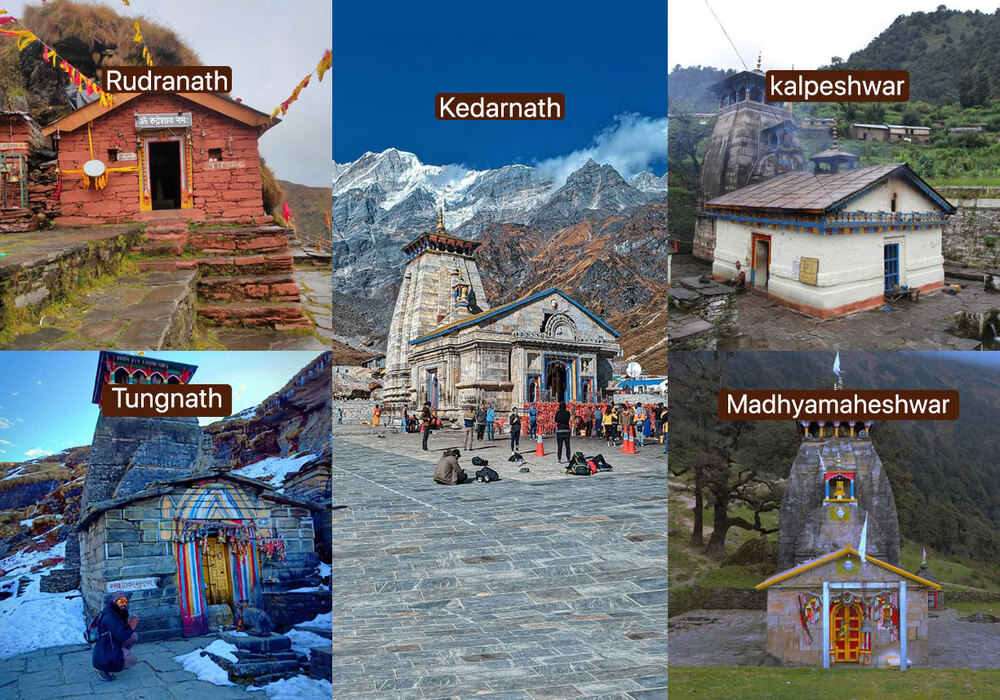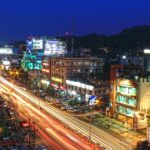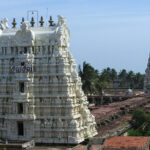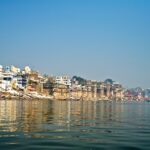Overview
In Uttarakhand, India, there is a highly regarded pilgrimage path called the Panch Kedar Yatra trek. It has five historic temples known as the “Panch Kedar,” which are all devoted to Lord Shiva. These temples, which are surrounded by breathtaking natural scenery in the Garhwal Himalayas, are extremely sacred to Hindus. You will pass through high-altitude meadows, verdant woods, isolated settlements, and strenuous mountainous terrain on this walk.
Best time to Visit
The five revered Hindu temples in Uttarakhand, India’s Garhwal area that are devoted to Lord Shiva are known as the Panch Kedar. Kedarnath, Tungnath, Rudranath, Madhyamaheshwar, and Kalpeshwar are the names of these temples.
The best time to take the Panch Kedar Tour is between May and November because four of the five temples are closed during the winter owing to severe snowfall and accessibility issues.
But May and June, when the weather is excellent for trekking and the temperature is mild, are the finest months to visit Panch Kedar.
Highlights
- Kedarnath Temple: The trek begins with a visit to Kedarnath Temple, one of the most famous and revered shrines of Panch Kedar. Positioned 11,755 feet (or 3,583 meters) above sea level.
- Tungnath Sanctuary: At an altitude of 3,680 meters (12,073 ft), Tunganath is the number one trekking sanctuary. It is of religious importance and is the highest Shiva temple in the world.
- Rudranath Temple: Located at 2,286 meters (7,500 feet) above sea level, Rudranath Temple is hidden in dense forests and mountain meadows and is considered to be the face of Lord Shiva.
- Madmaheshwar Temple: This is the fourth temple of the trek, located at an altitude of 3,289 meters (10,791 feet).
- Kalpeshwar Temple: At an altitude of 2,200 meters (7,218 feet), the Kalpeshwar Temple is the last temple on the Panch Kedar circuit.
Itinerary
Day 1: From Joshimatha to Rishikesh
- You are leaving for your trip from Haridwar.
- Drive to Yoshimat.
- Check into your Joshimath hotel and stay the night.
Day 2: Drive from Joshimath to Kalpeshwar, followed by Sagar Gram to Urgam gram.
- Trek to Kalpeshwar temple.
- Explore Kalpeshwar and walk to Sagar Gram.
- Spend the night in the seaside village.
Day 3: Panar Bugyal to Sagar Gram
- From there, you go on the journey from Sagargram to Panar Bugyal.
- Enjoy the magnificent Bugyals.
- Overnight in tents at Panar Bugyal.
Day 4: Return to Panar village from Rudranath temple in Panar
- Do the Rudranath Temple tour.
- Explore the temple and grounds.
- On your return, spend the night in Panargram.
Day 5: Sagar Gram to Panar Bugyal
- Return on foot from Panar Bugyal to Sagar Village.
- Spend the night in the seaside village.
Day 6: Drive from Sagar Village to Chopta, then to Tungnath, Chandrashila, and back.
- Trekking to the tallest Shiva shrine, Tungnath shrine (3680 m).
- Proceed to Chandrashila Peak for sweeping vistas.
- Spend the night in Chopta after your return.
Day 7: Trek 7 kilometers from Chopta to Ransi Village
- Hike from Ransi Village to Chopta.
- Spend the night at Ransi Village.
Day 8: Madhyamaheshwar to Ransi
- Make the Madhyamaheshwar Trek.
- Investigate Madhyamaheshwar Temple and its environs.
- Spend the night at Madhyamaheshwar.
Day 9: Ransi to Madhyamaheshwar (6 km)
- Recline to Ransi Village on foot.
- Spend the night at Ransi.
Day 10: 39-kilometer drive from Ransi to Guptkashi
- Take a car to Guptkashi from Ransi.
- After checking into your Guptkashi hotel, relax.
Day 11: Trek 16 kilometers from Guptkashi to Kedarnath
- Set off to travel to the Yatra at Kedarnath.
- Go see the holy temple.
- Spend the night at Kedarnath.
Day 12: Gaurikund to Guptkashi and Kedarnath to Gaurikund
- Walk from Gaurikund to Kedarnath.
- Go to Guptkashi by car from Gaurikund.
- Arrive at your Guptkashi hotel and check-in.
Day 13: Rishikesh to Guptkashi
- From Guptkashi, take a car to Rishikesh.
- Once you get to Rishikesh, you may take in the Ganga Aarti or tour the city.
- Spend the night at Rishikesh.
Things To Carry
- Waterproof/synthetic track pants (avoid bringing capris, tight jeans, or shorts).
- Three-sleeve t-shirts.
- A wool sweater might work well in place of a fleece jacket.
- One jacket that is windproof.
- One bulky jacket.
- Warm Interiors.
- Two pairs of socks made of cotton and two pairs made of wool.
- A pair of waterproof gloves for hands.
How To Reach
- If you are going by train, arrive in Haridwar or Dehradun the night before or early in the morning. Early in the morning, shared cabs may be seen outside both train stations. There is a 600–800-rupee fee for each seat.
- Taking an overnight bus from Dehradun to Tapovan or Joshimath is an additional alternative. Additionally, buses run daily between Haridwar and Badrinath. On the route to Badrinath, take one of these and get off at Helang, which is right before Joshimath.
- Devgram, a settlement in the Urgam valley at 6,614 feet, is where the trip starts. If there aren’t enough people available at any particular moment, you may have to wait for a shared taxi to Devgram. Since you would now need to walk this distance, your journey will start earlier than Devgram if the road is broken after Lyari.
Conclusion
A religious pilgrimage known as the Panch Kedar Yatra serves to highlight to the world the Himalayas’ holy qualities. This pilgrimage offers the chance to discover the stunning scenery and vibrant local culture in addition to being able to feel the heavenly presence of Lord Shiva.
Traveling from point A to point B typically takes 18 to 21 days. Deep experiences and lifelong memories that will stick with you are a great reward for the voyage. The Panch Kedar Yatra Trek is a transformative trek that instills a sense of divine benevolence and tranquility, surpassing the simple pilgrimage experience.




